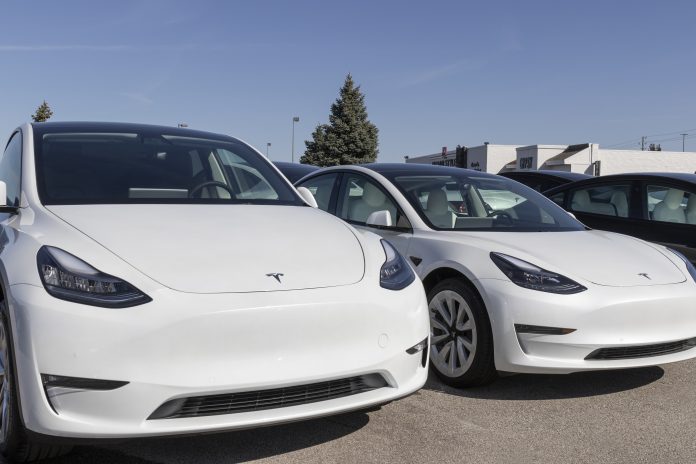Geoff McGrath, Managing Director at CKDelta, discusses the role of predictive analytics in driving the transition to low-carbon and electric vehicles
The mass-market rollout of Electric Vehicle (EV) technologies has been a central challenge in the debate on how we can reach our net-zero emissions target by 2050 or sooner. With COP26 looming and electric vehicles (EVs) now poised for mass-market adoption in the UK, the need for sustainable solutions to facilitate their uptake by consumers is growing by the hour.
It is not enough to hope for market conditions to deliver the critical supporting EV infrastructure, we need data-driven interventions to steer the rollout. Without such interventions, the spectre of inaccessibility and dwindling public confidence remains. The industry risks creating new ‘charging blackspots’ in small towns and rural areas unless EV charge points can meet the pace of consumer demand, risking the success of our mission to outlaw the sale of fossil fuel-powered vehicles by 2030 and slowing our overall progress on the road to net zero.
To succeed, local authorities need the confidence to rollout key infrastructure in the right locations and at pace to demonstrate economic viability in the long-term and ensure that swathes of the population are not left behind.
The power of predictive analytics
Mobility and network data powered by a combination of predictive analytics and machine learning technology can help local authorities to achieve their sustainability goals by mapping out risks and opportunities that are crucial to determining the success of this mission. Mobility data can be used to plan and understand future travel scenarios by offering insight into aggregated patterns of behaviour through both real-time analysis and long-term forecasting. For local authorities, this means total visibility on patterns of usage for existing commuter routes and helping to pinpoint which areas are likely to experience a quicker EV uptake before the network is embedded.
This data can also be leveraged in real-time to help local authorities rollout charging infrastructure with a near-complete view of satisfying end-user demand and delivering on the specific needs of the communities they represent. This insight can also enable local authorities to deploy EV charge points in areas that are likelier to deliver a positive return on investment (ROI).
Deploying real-time data modelling enabled by predictive analytics means that local and planning authorities can better understand and leverage usage information. Combined, these technologies can generate smarter, more flexible planning cycles that can account for evolving trends such as reduced demand during off-peak hours. Such trends can also be leveraged with additional systems data so that all parties responsible for demand-side planning can take a holistic approach to cater for EV demand.
Fulfilling user demand
Predictive analytics can enable local authorities not only to roll out EV charging infrastructure at pace but also enable local authorities to take targeted approaches to investment that are capable of delivering for the specific needs of local communities. Existing data has already shown which demographics are likeliest to invest in EVs (18–24-year-old ‘white collar’ workers) and can be integrated into wider transportation planning). This means that areas with a higher proportion of older residents or low vehicle ownership can receive targeted investment in local and sustainable transport such as bus services.
The unique capabilities of predictive analytics to be integrated and shared openly can also enable local authorities to share mobility data with charge point operators, estate managers and industry developers. Most crucially, this can help target investment more efficiently in rural areas and reduce the risks of repeating past mistakes of ‘rural blackspots’ seen with the rollout of fibre optic broadband. In a time where local authorities are facing steep financial deficits caused by the pandemic, the opportunity for predictive analytics to provide enhanced accessibility and deliver a positive return on investment is to be seized upon.
The rollout of EV infrastructure is not the panacea to our climate woes. It is a step in the right direction.
By making use of data, we can demonstrate our commitment to targeted development, ensuring that we develop equitably, fairly, and sustainably.
To find out more, click here.











